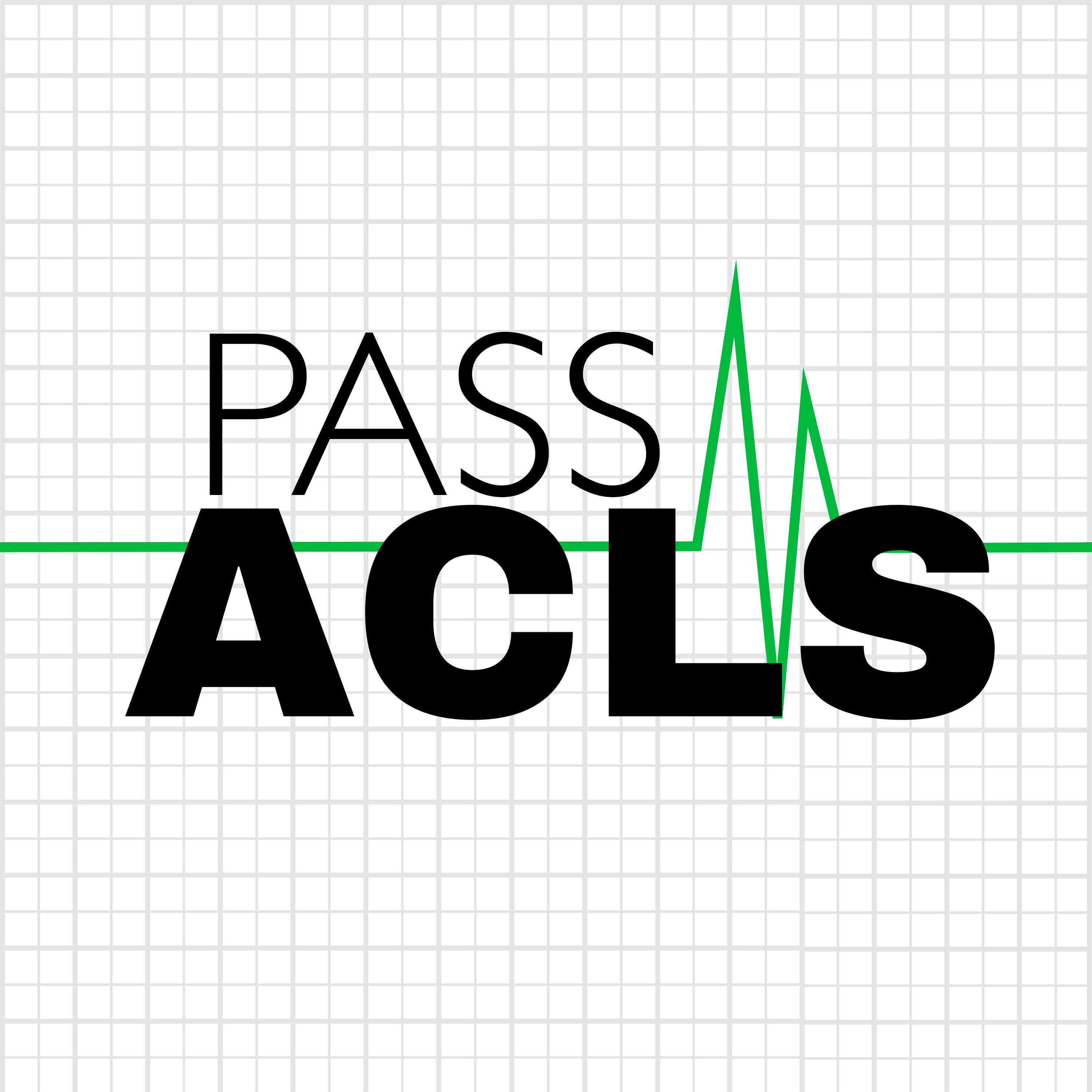Hypoxia: An H&T Reversible Cause of Cardiac Arrest
Description
Hypoxia is a state of low oxygen levels in the blood.
Determining hypoxia using a pulse oximeter or arterial blood gasses (ABGs).
A goal of ACLS is to recognize signs of hypoxia and provide timely treatment to prevent an arrest.
Examples of some things that might lead us to think of hypoxia as a cause of cardiac arrest.
Why we should not rely on pulse ox to give accurate readings during CPR.
Delivering ventilations with near 100% oxygen concentration using a BVM attached to supplemental O2 and a reservoir.
Using end tidal waveform capnography to assess the quality of CPR.
Changes to ventilation rates, tidal volume, and O2 concentration affects a patient's oxygen, carbon dioxide, and pH.
The danger of excessive ventilation of a patient in cardiac arrest.
Connect with me:
Website: https://passacls.com
@PassACLS on X (formally known as Twitter)
@Pass-ACLS-Podcast on LinkedIn
Give back - buy Paul a bubble tea here
Good luck with your ACLS class!
More Episodes
Remembering all the different energy setting needed for synchronized cardioversion and defibrillation used to be confusing for a lot of people.
Defibrillators can be broken down into three basic categories:
1. Automated External Defibrillator (AED);
2. Biphasic defibrillators; and
3. ...
Published 06/13/24
Published 06/13/24
Patients with a heart rate less than 60 are bradycardic. Some people can have a resting heart rate in the 40s without any compromise. For others, a heart rate of 50 or less could signify the need for immediate intervention and warrants additional assessment.
Signs & symptoms that indicate a...
Published 06/12/24


